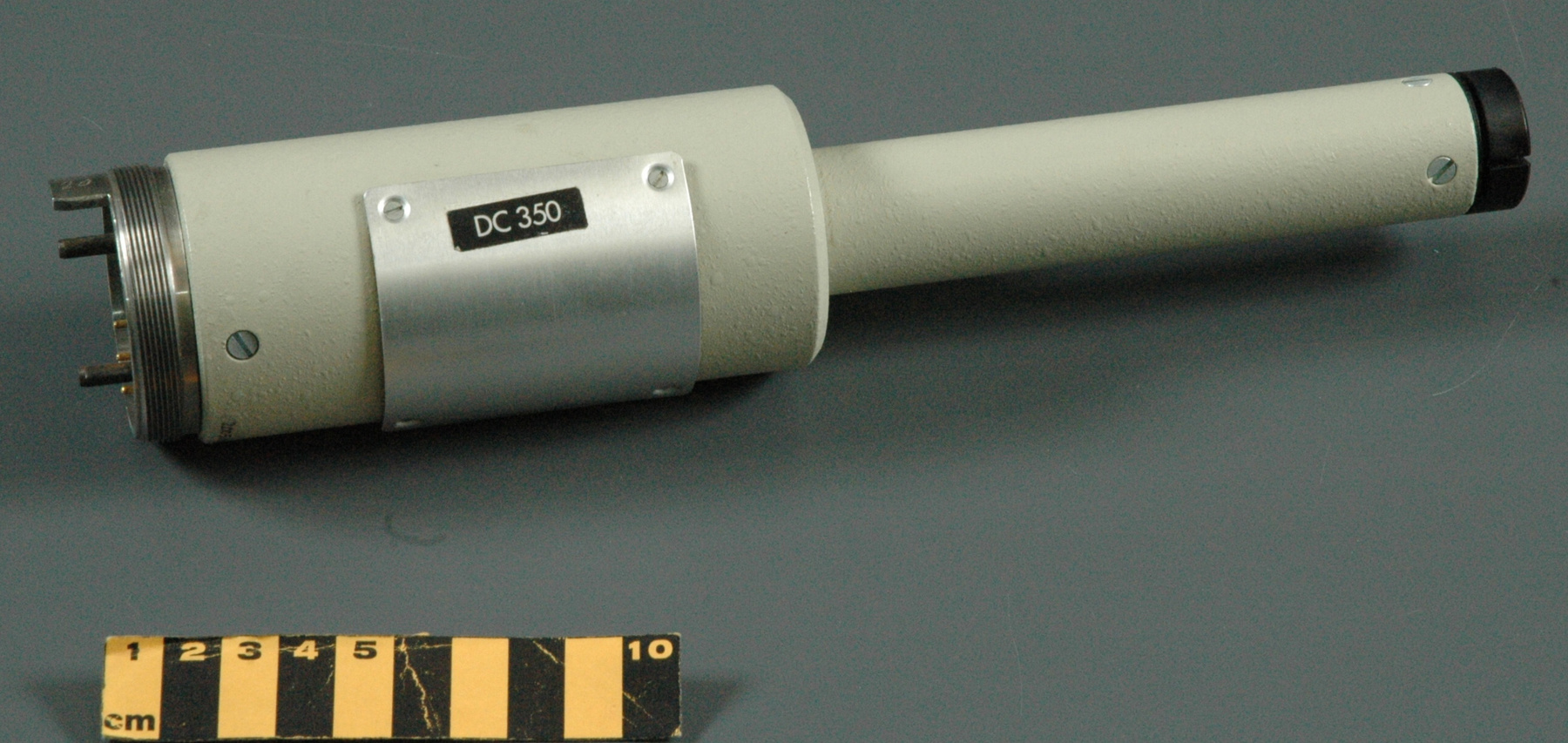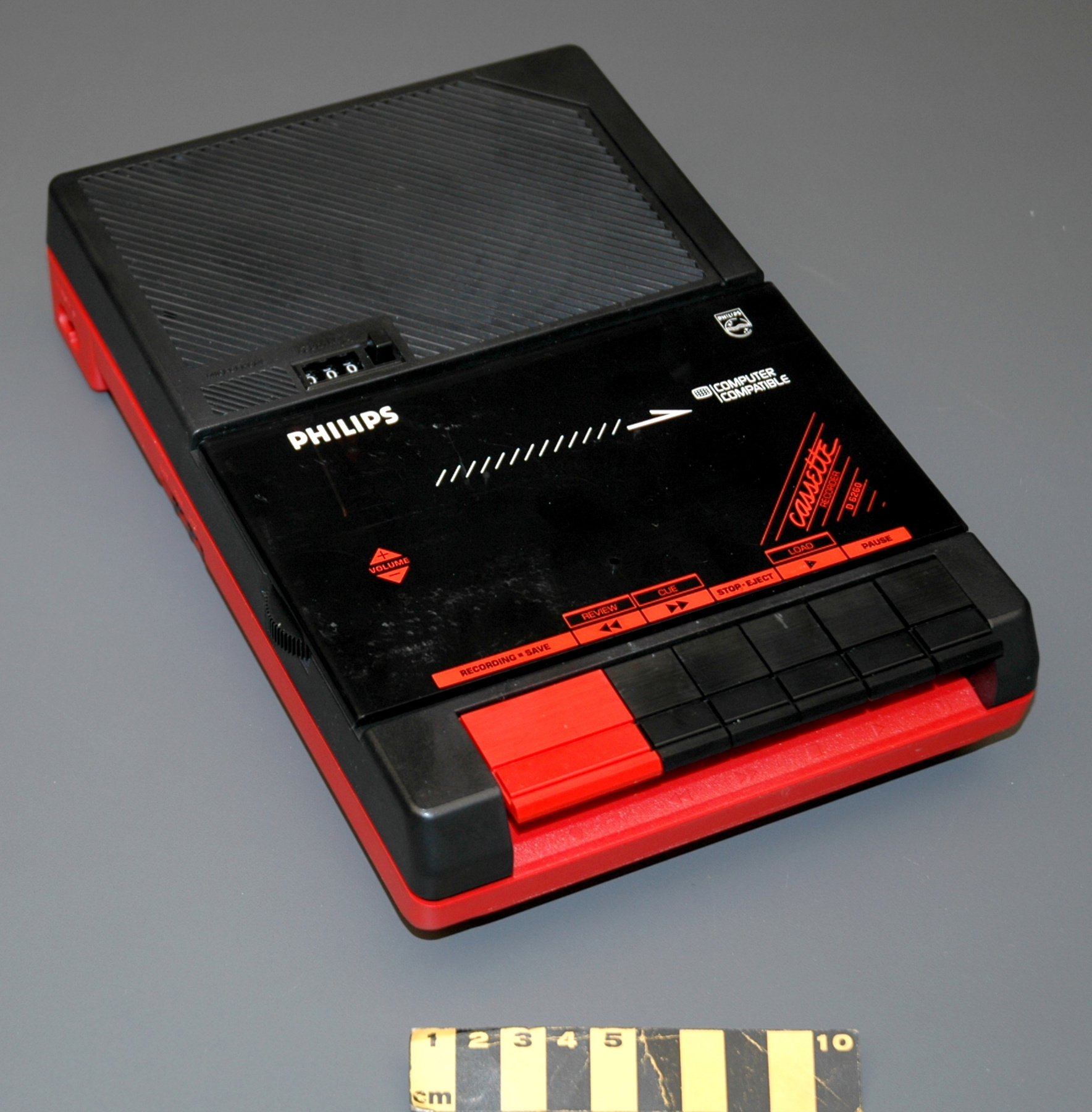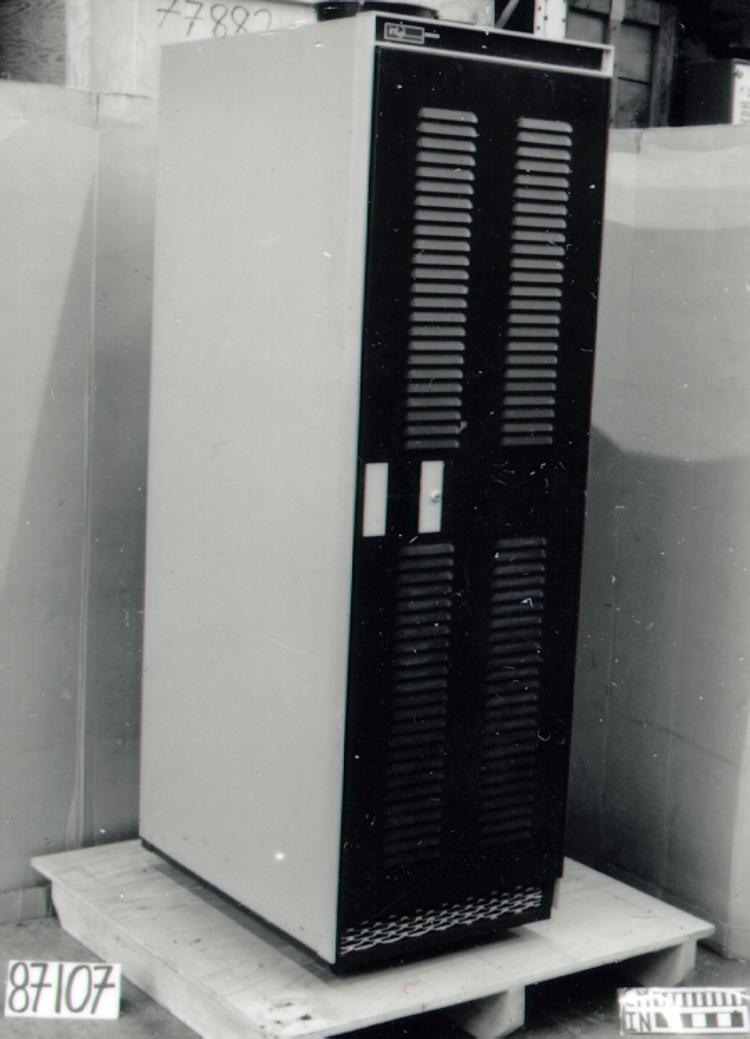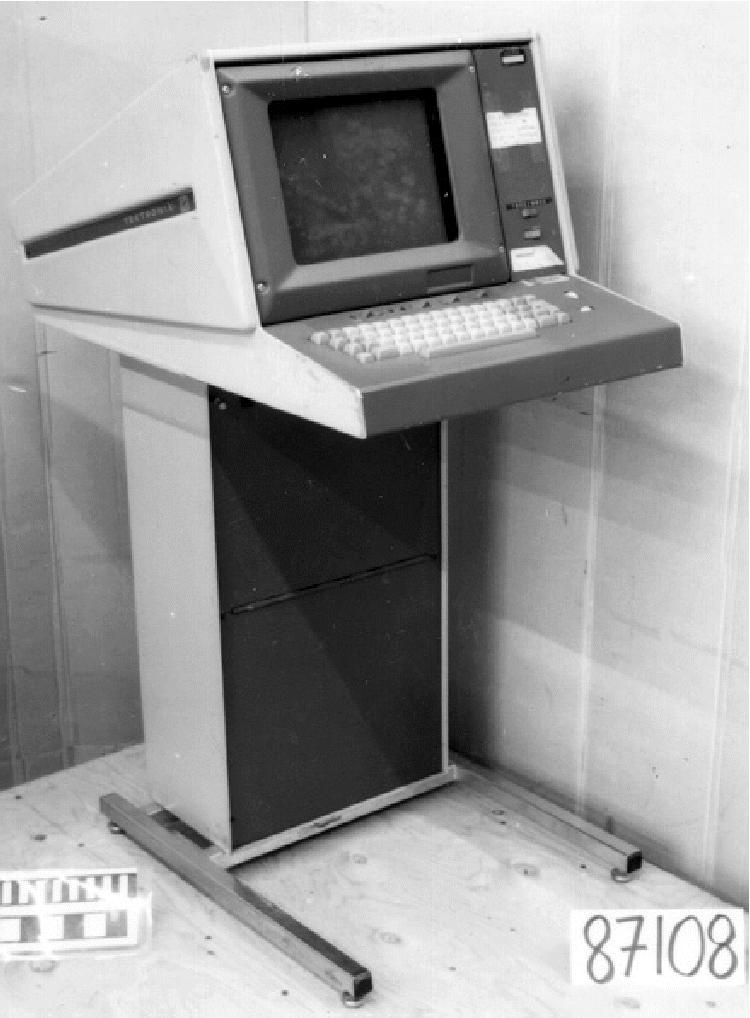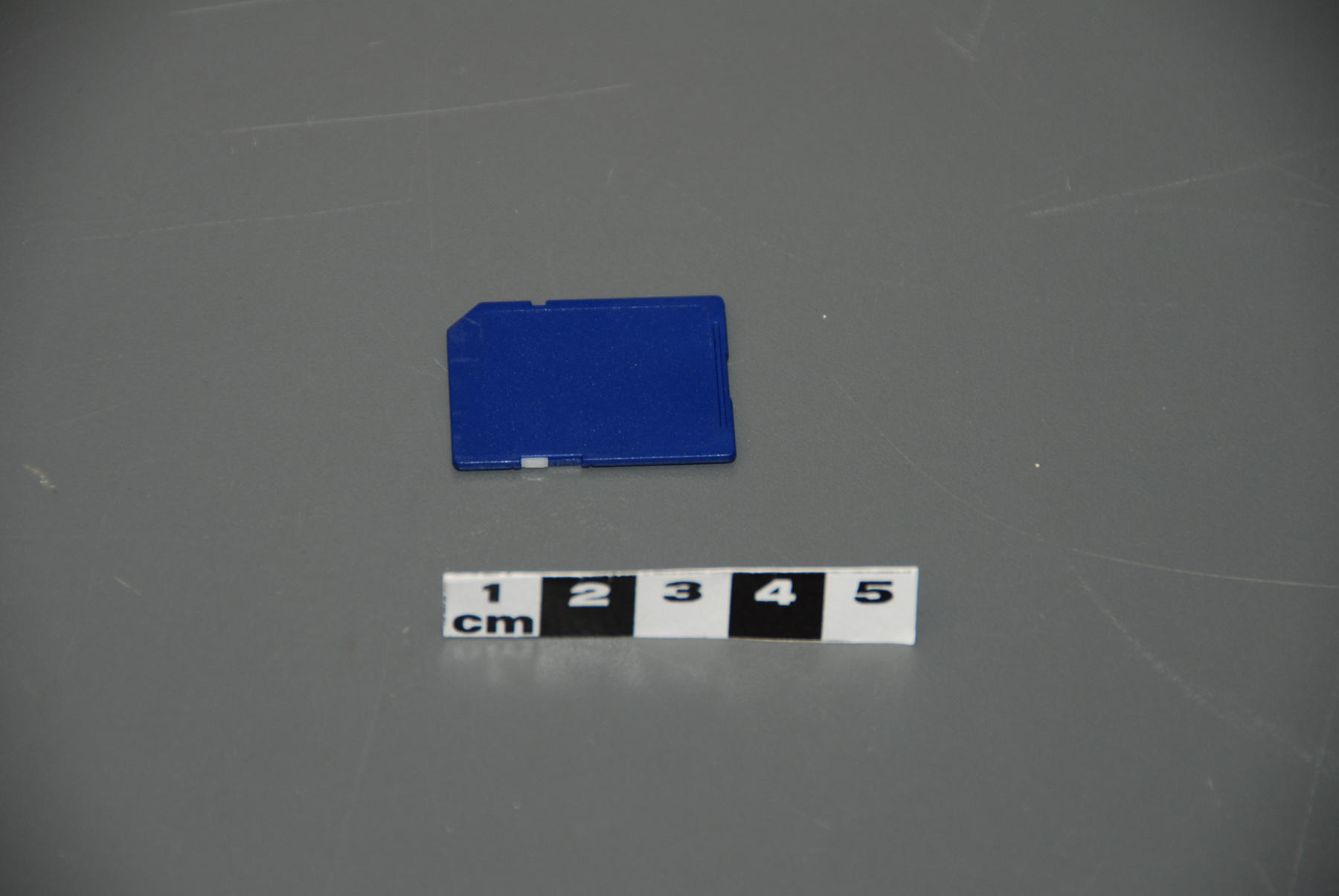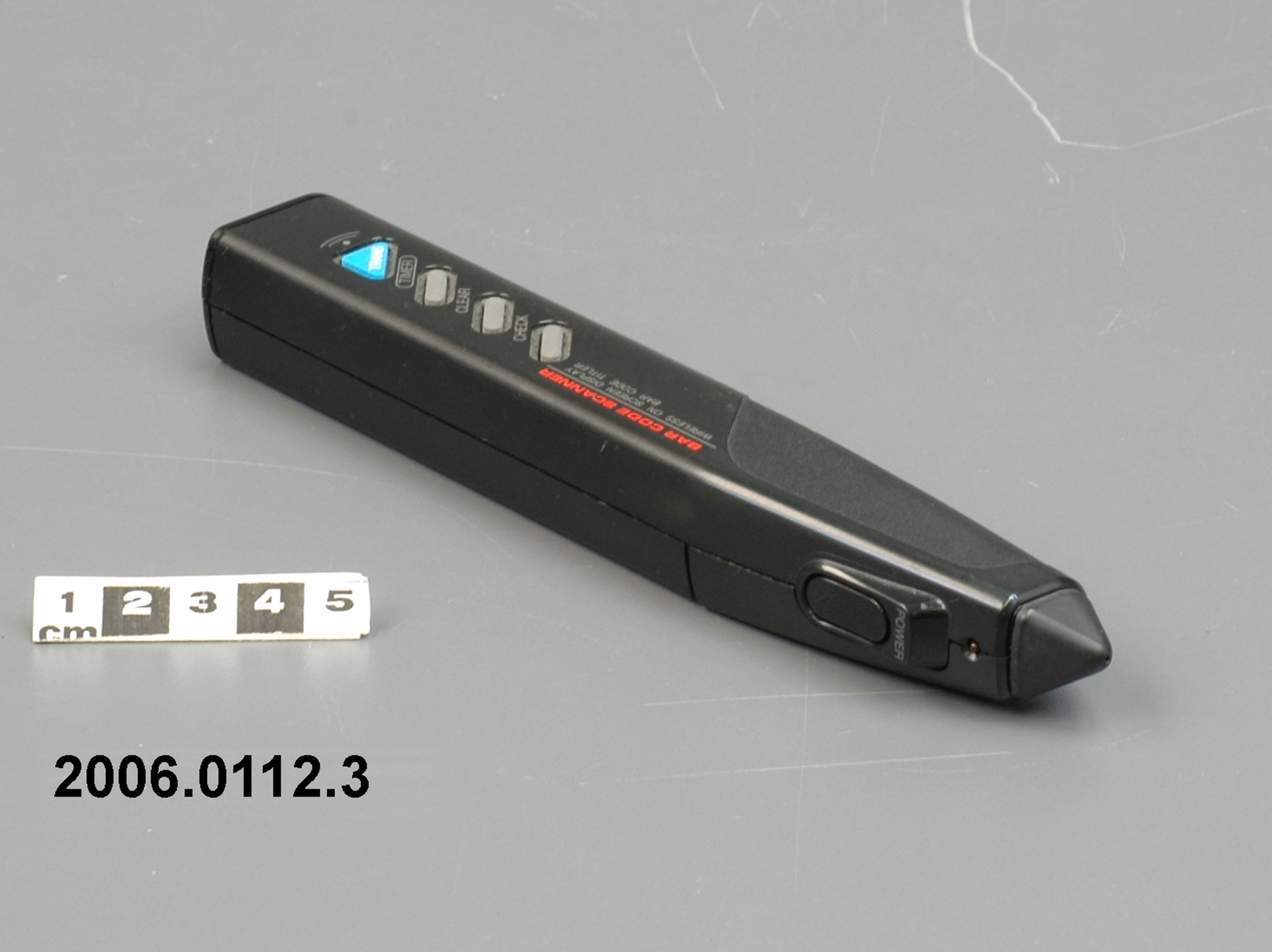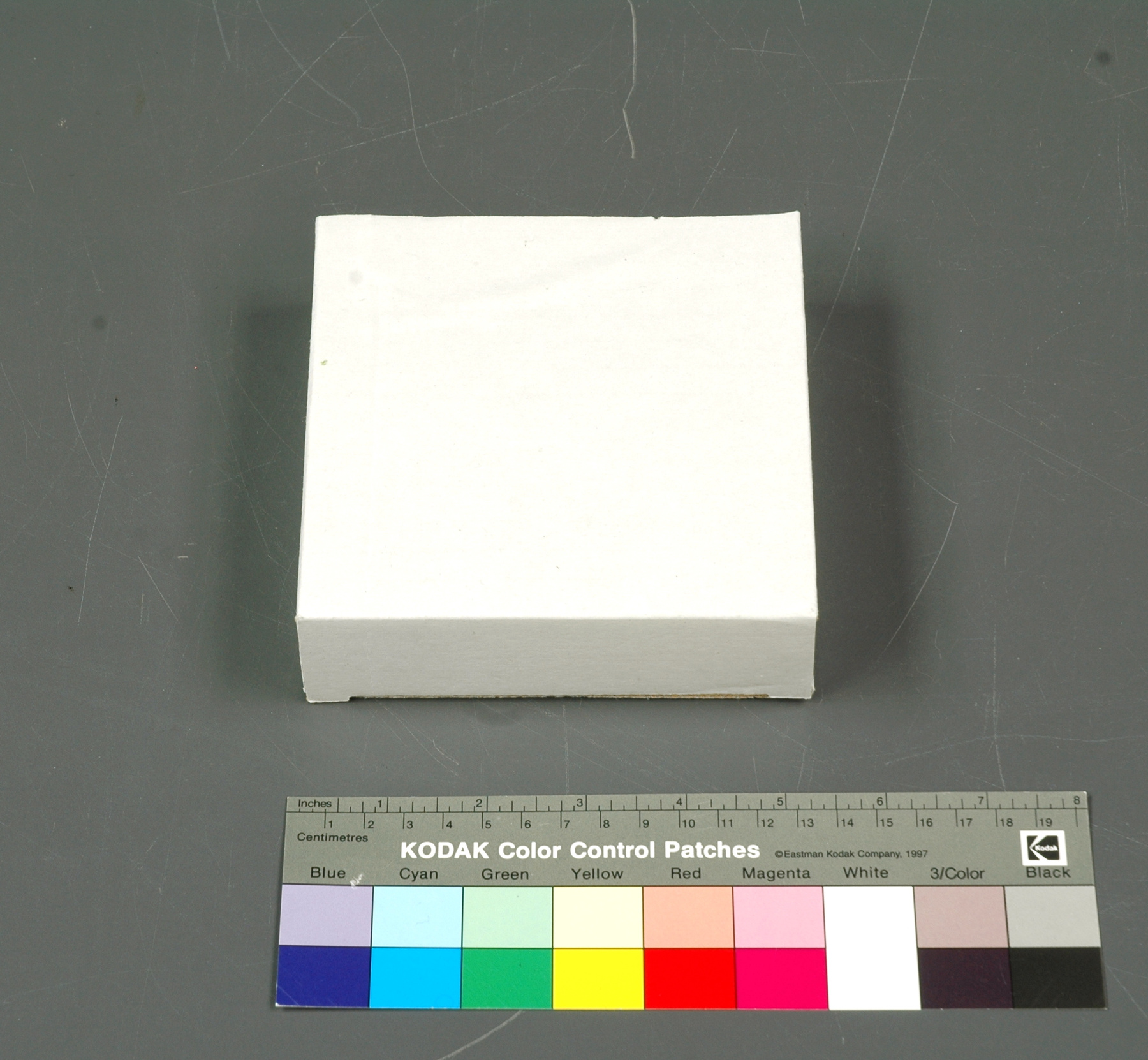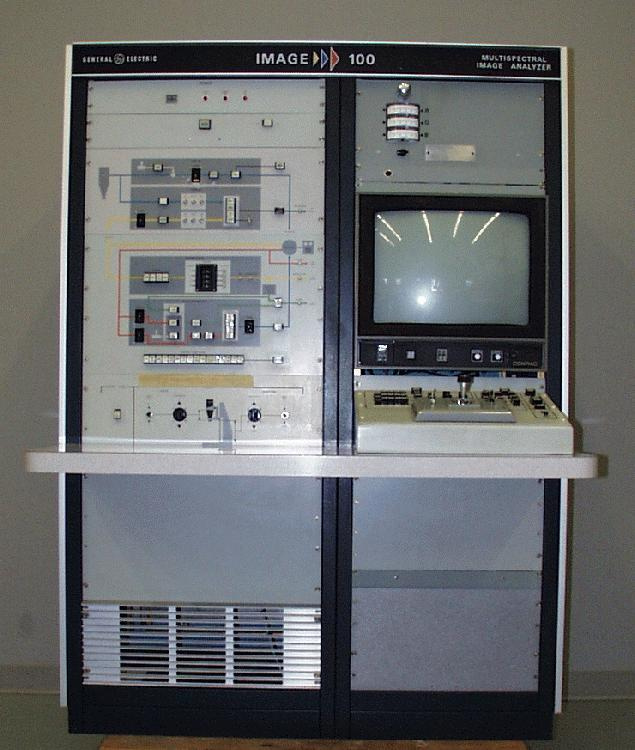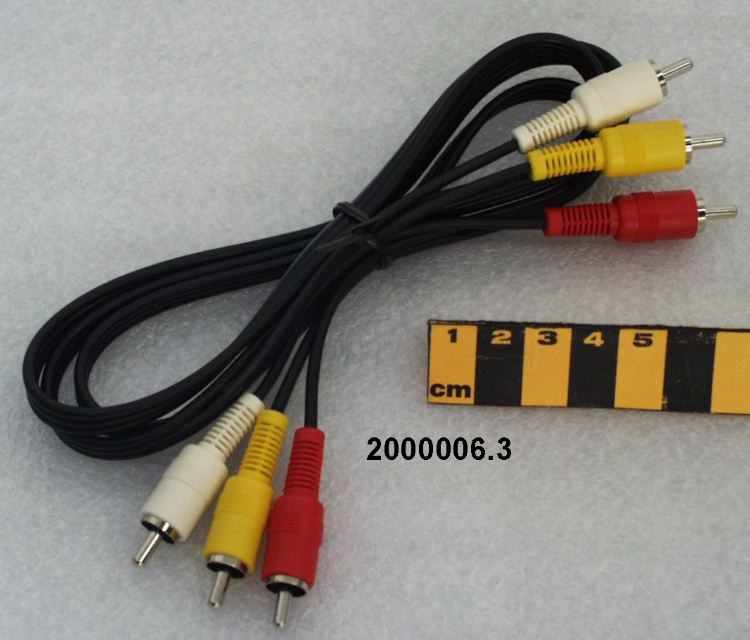Collection de pièces de scanner
Utiliser cette image
Puis-je réutiliser cette image sans autorisation? Oui
Les images sur le portail de la collection d’Ingenium ont la licence Creative Commons suivante :
Copyright Ingenium / CC BY-NC-ND (Attribution-NonCommercial 4.0 International (CC BY-NC 4.0)
ATTRIBUER CETTE IMAGE
Ingenium,
2005.0060.017
Permalien:
Ingenium diffuse cette image sous le cadre de licence Creative Commons et encourage son téléchargement et sa réutilisation à des fins non commerciales. Veuillez mentionner Ingenium et citer le numéro de l’artefact.
TÉLÉCHARGER L’IMAGEACHETER CETTE IMAGE
Cette image peut être utilisée gratuitement pour des fins non commerciales.
Pour un usage commercial, veuillez consulter nos frais de reproduction et communiquer avec nous pour acheter l’image.
- TYPE D’OBJET
- S/O
- DATE
- 1982–1999
- NUMÉRO DE L’ARTEFACT
- 2005.0060.017
- FABRICANT
- Hell, Rudolph Gmbh
- MODÈLE
- Inconnu
- EMPLACEMENT
- Kiel, République fédérale d'Allemagne
Plus d’information
Renseignements généraux
- Nº de série
- S/O
- Nº de partie
- 17
- Nombre total de parties
- 17
- Ou
- S/O
- Brevets
- S/O
- Description générale
- metal, synthetic, paper, glass, fabric, and possibly other materials of construction.
Dimensions
Remarque : Cette information reflète la taille générale pour l’entreposage et ne représente pas nécessairement les véritables dimensions de l’objet.
- Longueur
- S/O
- Largeur
- S/O
- Hauteur
- S/O
- Épaisseur
- S/O
- Poids
- S/O
- Diamètre
- S/O
- Volume
- S/O
Lexique
- Groupe
- Imprimerie
- Catégorie
- Clicherie
- Sous-catégorie
- S/O
Fabricant
- Ou
- Hell
- Pays
- République fédérale d'Allemagne
- État/province
- Inconnu
- Ville
- Kiel
Contexte
- Pays
- Canada
- État/province
- Ontario
- Période
- Used. c. 1982 until June 2004.
- Canada
-
Example of type of equipment once widely used in the Canadian graphic arts industry. By reducing the time and skilled hand labour required to produce corrected colour separations, digital, electronic scanners like the DC 350 helped the graphic arts industry meet the increasing demand for colour images from advertisers and publishers in the 1970s and 1980s. This example of a DC 350 was originally owned by a company called Colour Images. In 1995 the firm and the scanner were acquired by Maracle Press, which used the scanner until June 2004. Maracle Press was incorporated in 1920 and had a long association with the Seventh Day Adventist Church. Today it is a privately owned company specializing in book manufacturing and commercial printing. It employs more than 75 workers at its Oshawa plant, which provides integrated pre-press, press and bindery services to clients across North America. (Ref. 1) - Fonction
-
Parts and accessories used with DC 350 Chromagraph scanner system. - Technique
-
Collection of materials includes items which may be original/replacement parts, cleaning and maintenance related items, and items used peripherally with scanner system. The Hell Chromagraph DC 350 represents a critical technology introduced to the production of images for the graphic arts industry in the middle of the 20th century. In its use of digital stored program control and a laser, it was an important element in the shift of pre-press operations from a photographic, mechanical and manual activity to a fully automated, digital process. The 1st colour scanners were introduced in the 1950s. Due to their high price and to effective cost competition from colour correction by masking, colour scanners spread very slowly. In the 1970s scanner builders greatly increased the speed and capability of their machines. Digital processing and data storage began to supplant analog devices, greatly increasing the flexibility of the systems by making it easier to manipulate data collected by the scanner. The most advanced of the new generations of scanner were the Crosfield Magnascan 550 and the Hell DC 300 and DC 3000. The first of these machines began appearing in Canadian plants in early 1973. These machines were generally too expensive for medium-sized plants. But manufacturers also introduced smaller scanners with more basic features geared to these firms. By the early 1980s sales of colour scanners were booming. The Chromagraph DC 350 was introduced to the N. American printing trade in 1981, as the successor to the DC 300. It boasted many of the features of advanced scanners of the time, including the ability to produce film positives or negatives in a variety of sizes from a variety of reflection or transparency copy. In addition, it could produce screened film for half-tone reproduction by electronically generated dots controlled by the digital computer. These were exposed on film by a laser, producing half-tones superior in fine detail to the best photographic screened negatives. Finally, the DC 350 offered unparalleled power to alter and create images. In addition to colour and tonal correction and a wide range of scaling operations, the operator could achieve a number of effects using the mask drum. These included the addition of background tones, logotypes and headings and the adjustment of small portions of the image. The DC 350 could also be integrated into a complete "Chromacom" page-makeup system in which, prior to recording on film, the operator stored individual colour scans and placed them on a page display in the size and position they would appear on the printed page. The DC 350 was a hybrid of analogue and digital components. The scanning unit, which could produce the colour separations simultaneously, consisted of an optical subsystem of lenses, mirrors and prisms whose light output was converted to analogue electrical voltages. The operator adjusted these electrical signals by programming the computer using a variety of knobs, switches and controls in order for it to carry out colour and tonal correction and other adjustments. The analogue signal was then converted to digital for scaling of the image before being converted back to analogue prior to recording on the output film. Instead of manually adjusting the controls, the operator could invoke pre-set values stored in digital form on a floppy disc. One of the DC 350's most notable enhancements, this allowed the operator to store up to 13 pre-programmed jobs. A later modification allowed the operator to program the machine using emulation software on a Macintosh computer. (Ref. 1 - Notes sur la région
-
Inconnu
Détails
- Marques
- Please see inventory of parts collection in 2005.0060 Supp. Info.
- Manque
- S/O
- Fini
- Inconnu
- Décoration
- S/O
FAIRE RÉFÉRENCE À CET OBJET
Si vous souhaitez publier de l’information sur cet objet de collection, veuillez indiquer ce qui suit :
Hell, Rudolph Gmbh, Collection de pièces de scanner, vers 1982–1999, Numéro de l'artefact 2005.0060, Ingenium - Musées des sciences et de l'innovation du Canada, http://collection.ingeniumcanada.org/fr/id/2005.0060.017/
RÉTROACTION
Envoyer une question ou un commentaire sur cet artefact.
Plus comme ceci










